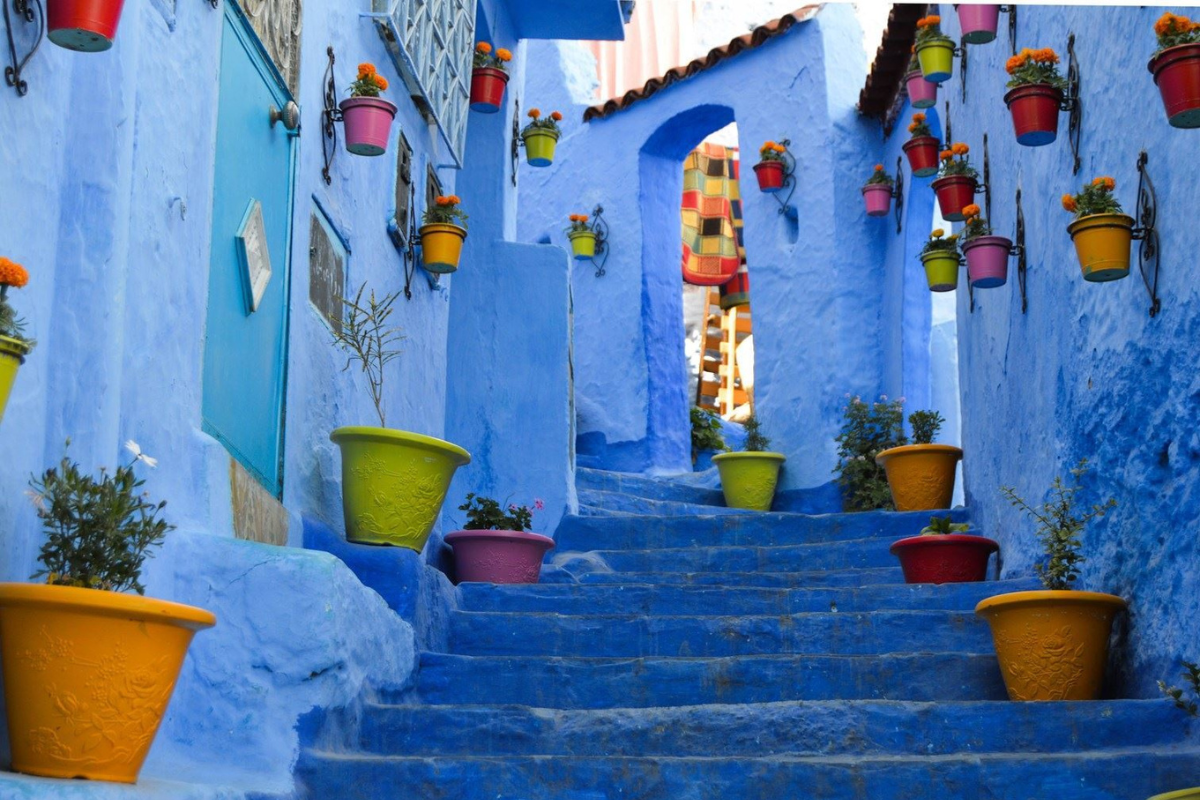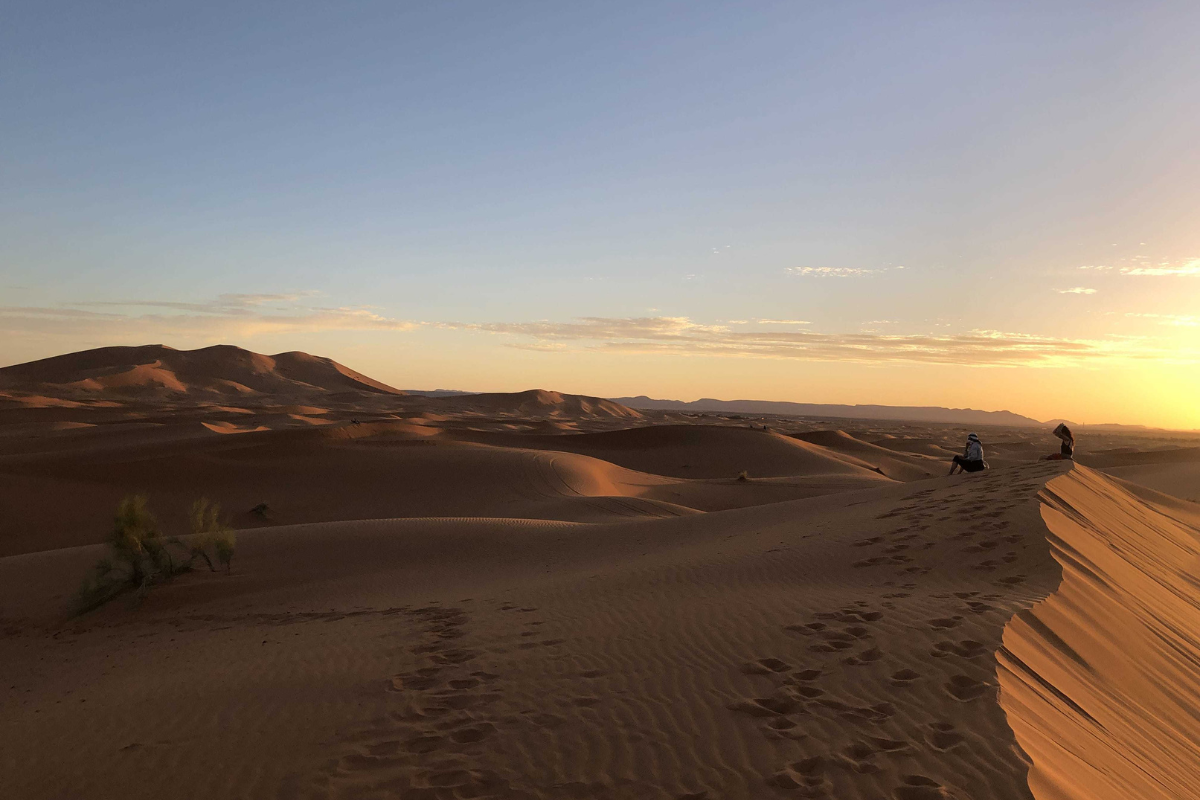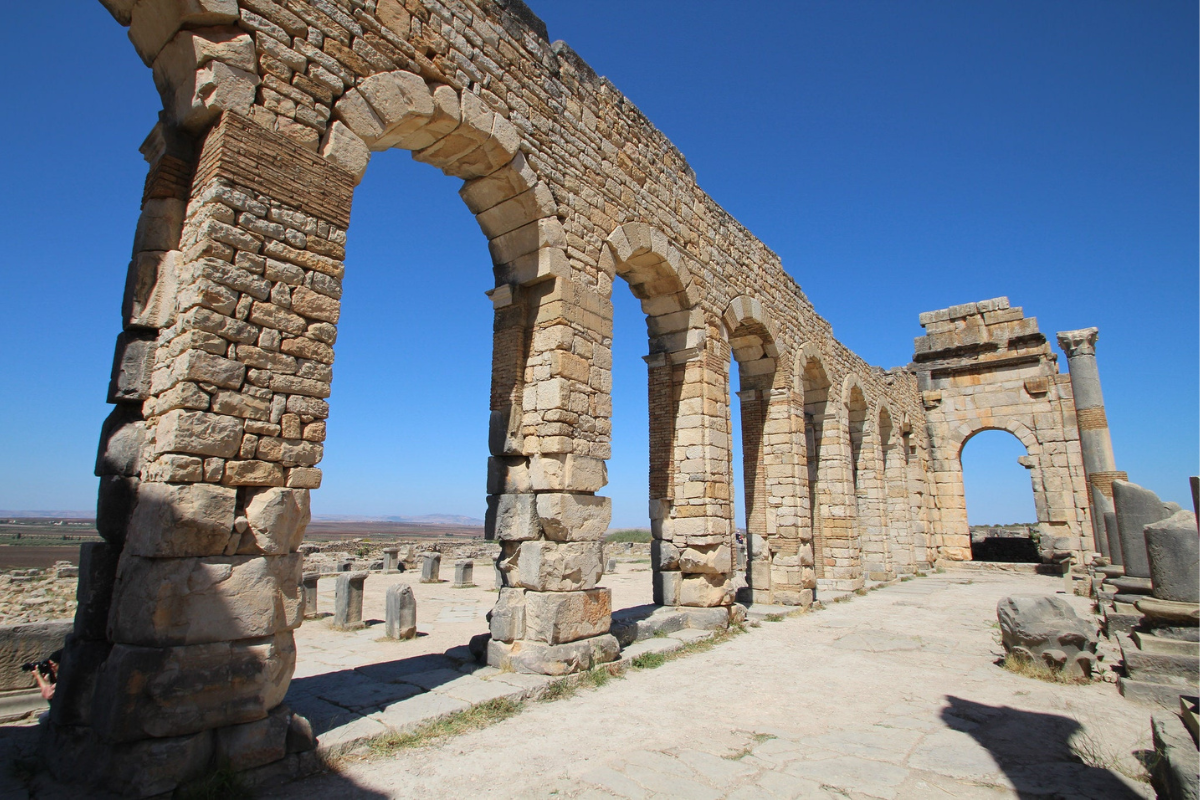Return to Tamazgha: Documentary film about weaving in Morocco
December 3, 2018
The art of weaving in Morocco is one that is championed by women living in the mostly rural areas of Morocco's Middle and High Atlas region. This short documentary tone poem, compiled on a recent buying trip to Morocco, chronicles the process of weaving from start to finish, highlighting artisan groups that Kantara has worked with for many years.
[ The sound is muted by default. Turn the sound on for optimal viewing experience ]
A note on the making of this film
Alia Kate
In 2018 I went back to Morocco on a rug buying trip. I was eager to return as it had already been two years since the last time I was in Morocco.
On this trip my plan was to reconnect with the artisans and pick up some rugs that I had custom ordered. On buying trips, I usually spend 3-7 days with the artisans. No matter how long I stay, we always save the rug business until the very end. In the meantime, I eat with the family, run errands with them in the village, and go with them to the weekly “souk” or market. From time to time I get invited to impromptu weddings or birth celebrations.
That trip was no different. I visited many cooperatives, logged thousands of kilometers of driving, and got invited to two weddings. I visited some groups of women that I’ve known for more than a decade, and I also met with some new cooperatives that I only recently started working with.
I spent three weeks traversing Morocco from one weaving cooperative to another. I brought a camera with me and, with the women’s permission, started filming.
The resulting film was a labor of love. Return to Tamazgha is a short documentary that details the weaving process from start to finish. This film follows the artisans around as they perform the various steps required to make a rug.

In addition to showcasing the technical side of weaving, this film also gives you a glimpse into strong and matriarchal weaving communities throughout Morocco.
This film is deeply personal as it showcases some of my favorite artisans while highlighting the deep camaraderie that exists between them. Throughout the film’s vignettes, you get a real sense of the universal nature of both friendship and motherhood.
You hear the women speaking with each other, but you don’t need to understand Arabic, or Tachelhit, or Tamazight to make sense of what is being communicated. There’s the contented murmurs that pass between the women as they weave, the levity and laughter that only happens among old friends, or the sharp warning tone of a mother to a mischievous child.
I collected all of the sounds that make up the background of this film. Of particular note are the call-and-response songs that happen at the beginning and end of the film. These songs were recorded at a wedding in a small village near Taznakht.
We only stayed for an hour or so, but if you can imagine, these weddings go all night and are lively gathering places for the women in the village. They are joyful celebrations, where the women sing, drum, and dance for hours and hours.
I recommend watching the film with the volume on, so as to truly immerse yourself in the cadence and rhythm of weaving and life in rural Morocco.
Recent Rug Journal articles
Morocco Travel Tips: Amazigh Mountain Towns | Chefchouaen, Telouet, Ait Ben Haddou, Ifrane
Experience Amazigh culture in Morocco by visiting these incredible mountain towns. Here are some key tips on how to best experience these wonderful sites.
Read moreMorocco Travel Tips: the Desert
Visiting the desert is a quintessential part of any Moroccan vacation. Here are some tips on how to successfully plan a visit to Moroccos infamous deserts.
Read moreMorocco Travel Tips: the Ruins
Morocco is a country with a rich history, and is home to incredible historical ruins. Here are some tips on how to best visit these sites during your time in Morocco.
Read more






